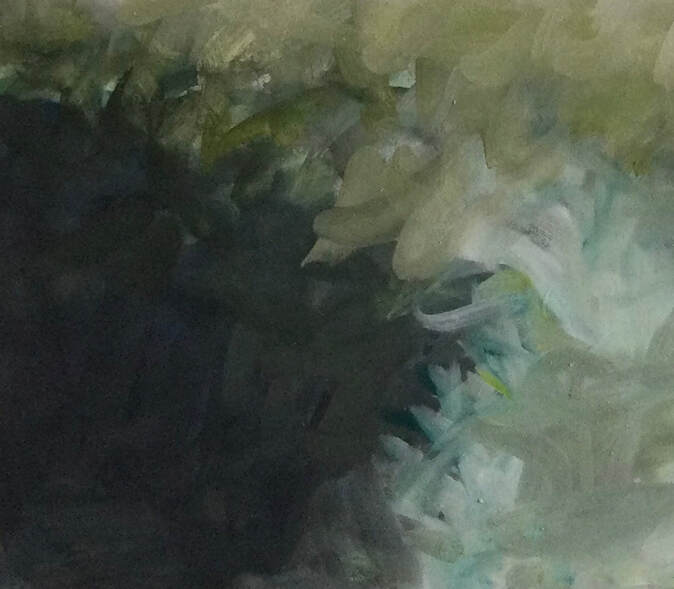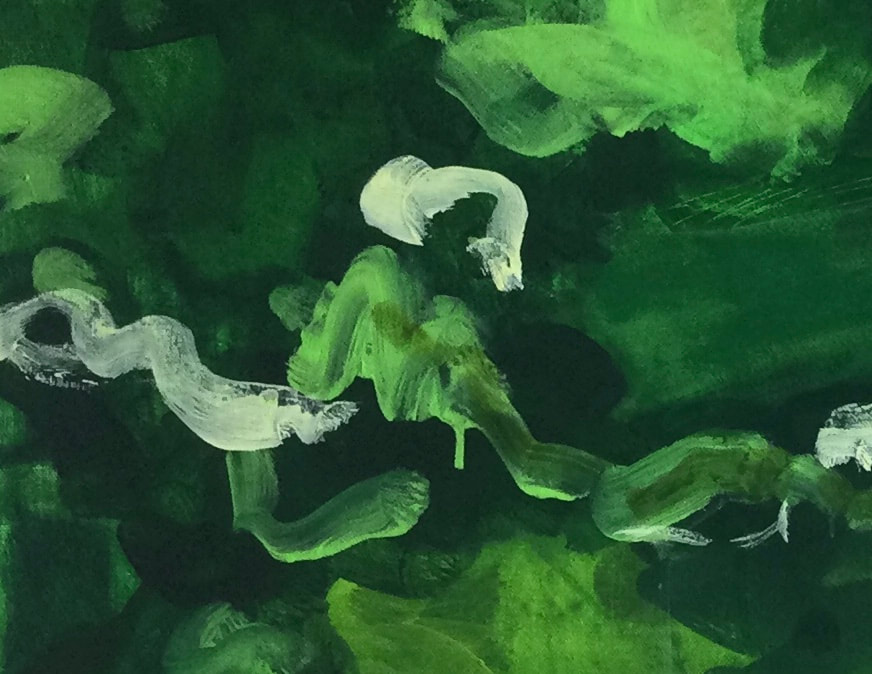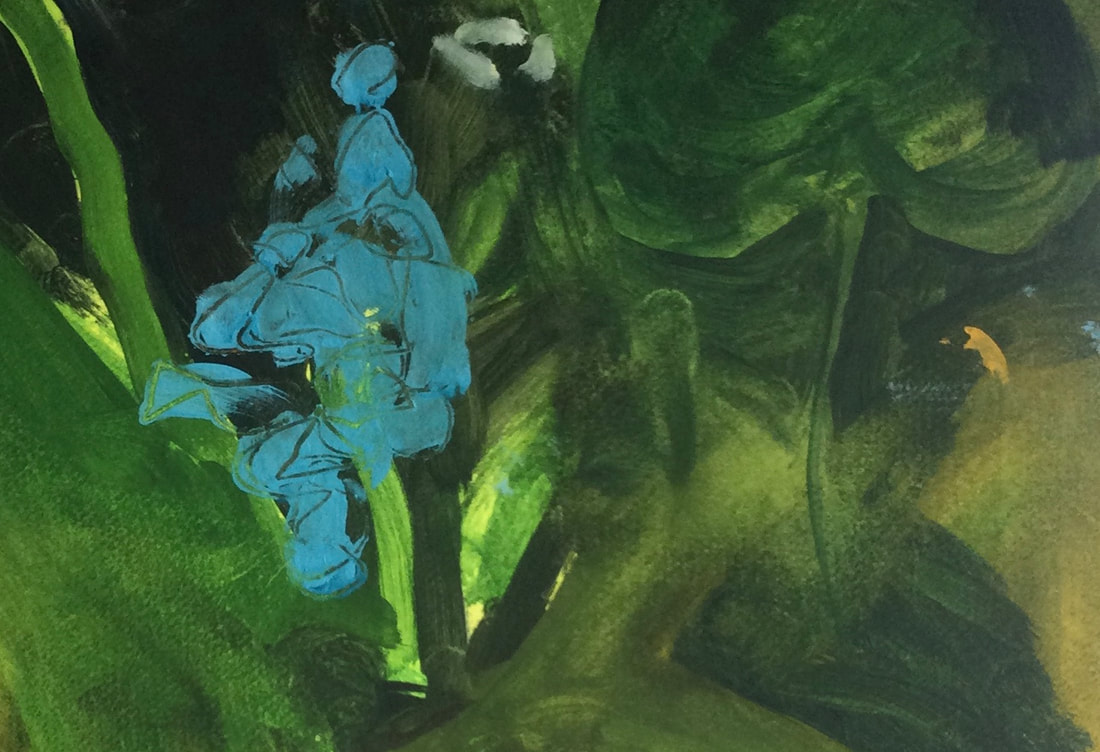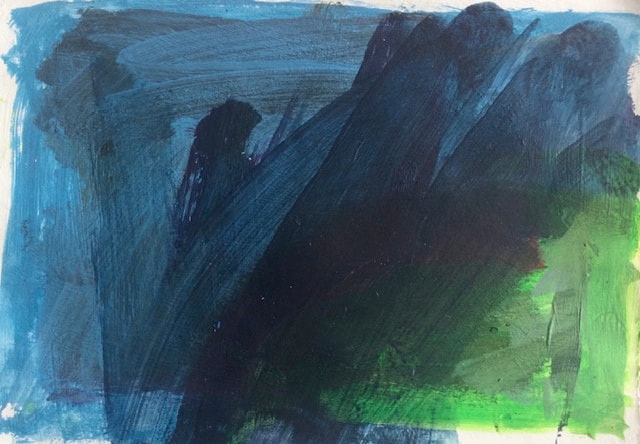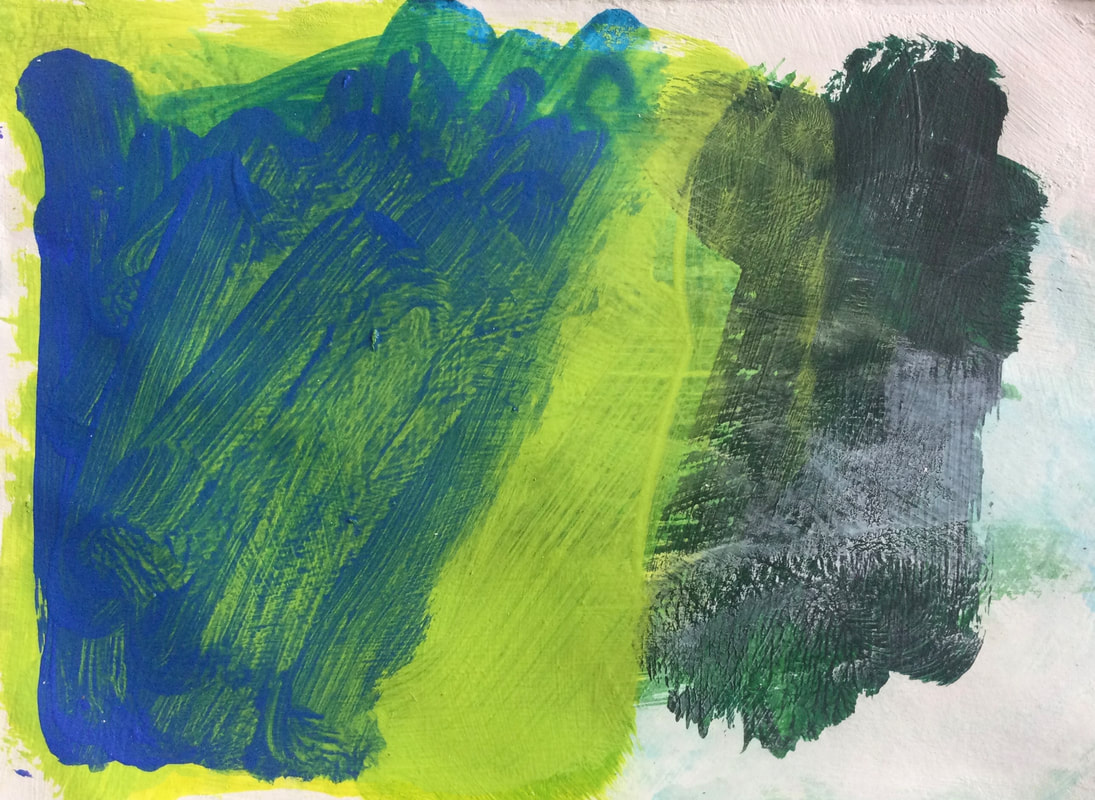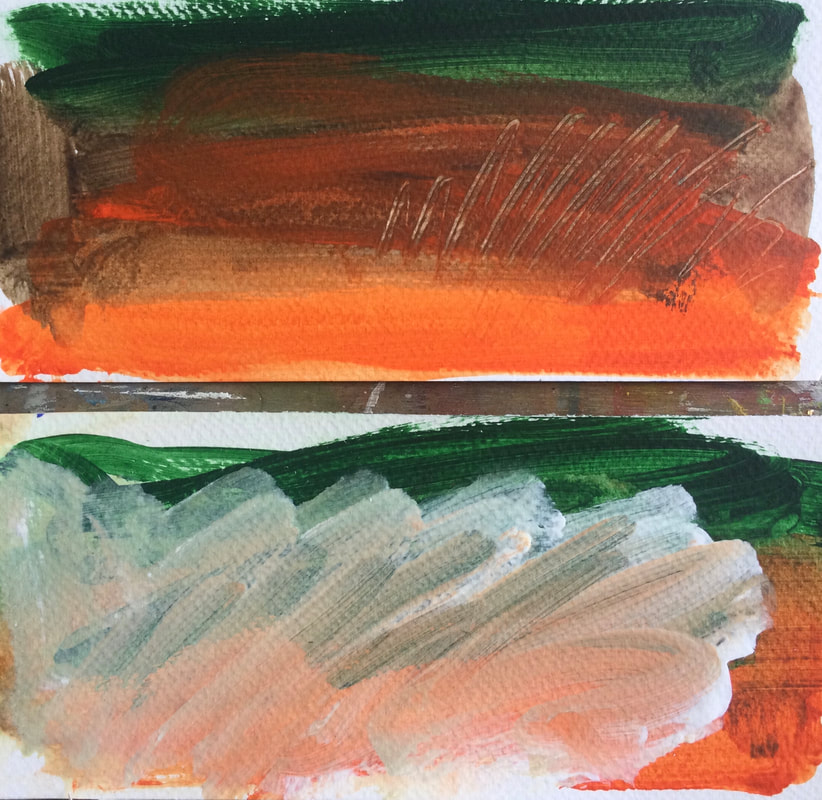SARAH PARKINSON
For the Hybrid 23 Exhibition I have been thinking of the theme of ‘colour’ as emotion, like tone colour in making music, which describes how you can deepen the sound with feeling, technique and practice. I’ve been looking at Turner and Cy Twombly’s use of colour and more recently Jennifer’s Packers oil paintings.. I am working from landscape and keeping in mind the feelings of hope and fear in relation to the climate crisis. Fear of loss - losing the beauty and function of Spring and Winter and hope that human beings can reverse the build up of pollution that we have also created as human beings and that is suffocating our planet.
Returning to oil painting after years of using acrylics and drawing materials is presenting me with lots of problems to work with - colours turning to mud and my difficulties navigating wet paint. The colour feels beautiful but I am having to learn how to apply them again, take risks and make lots of mistakes.
I am recently semi retired after nearly forty years as an art psychtherapist in the NHS. I am enjoying part time art therapy practice alongside more time to paint, practice the cello and rebel against extinction
Returning to oil painting after years of using acrylics and drawing materials is presenting me with lots of problems to work with - colours turning to mud and my difficulties navigating wet paint. The colour feels beautiful but I am having to learn how to apply them again, take risks and make lots of mistakes.
I am recently semi retired after nearly forty years as an art psychtherapist in the NHS. I am enjoying part time art therapy practice alongside more time to paint, practice the cello and rebel against extinction
